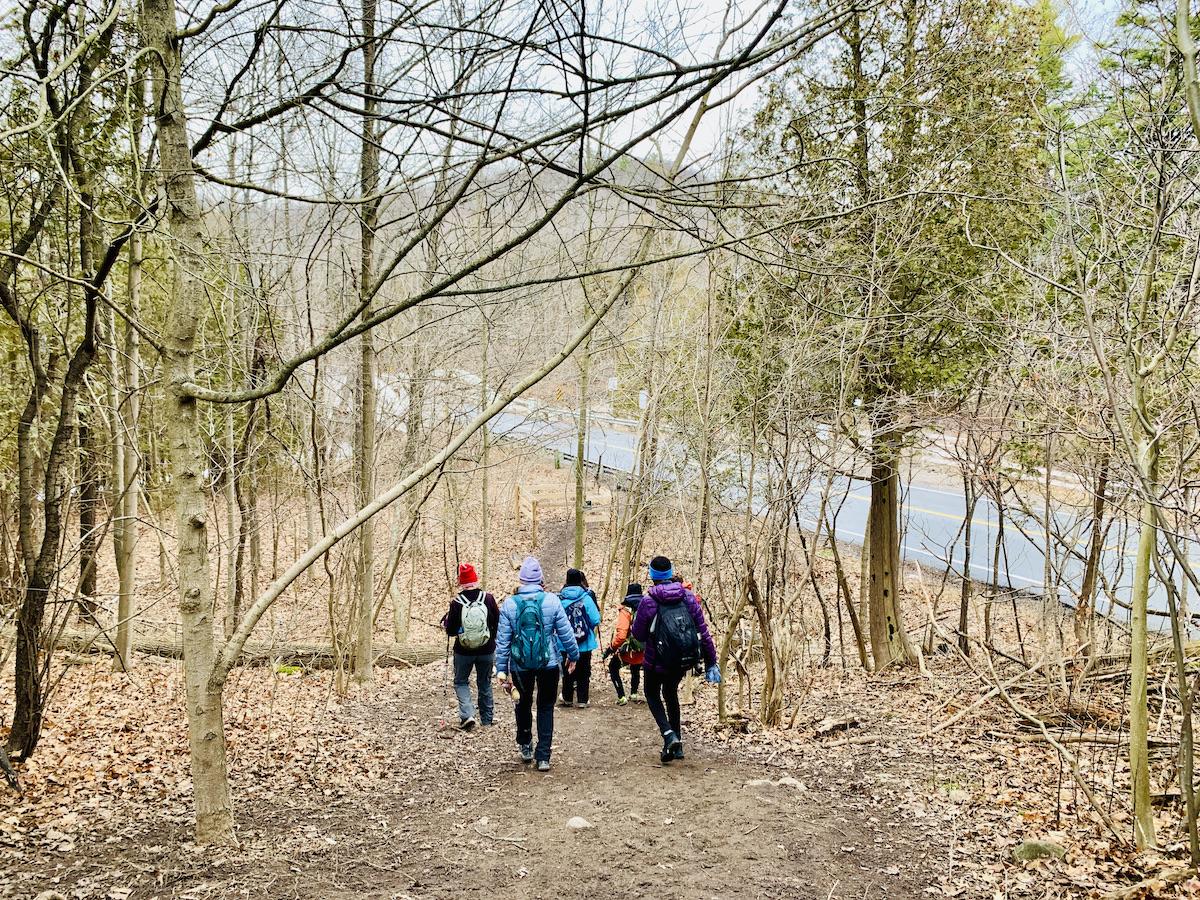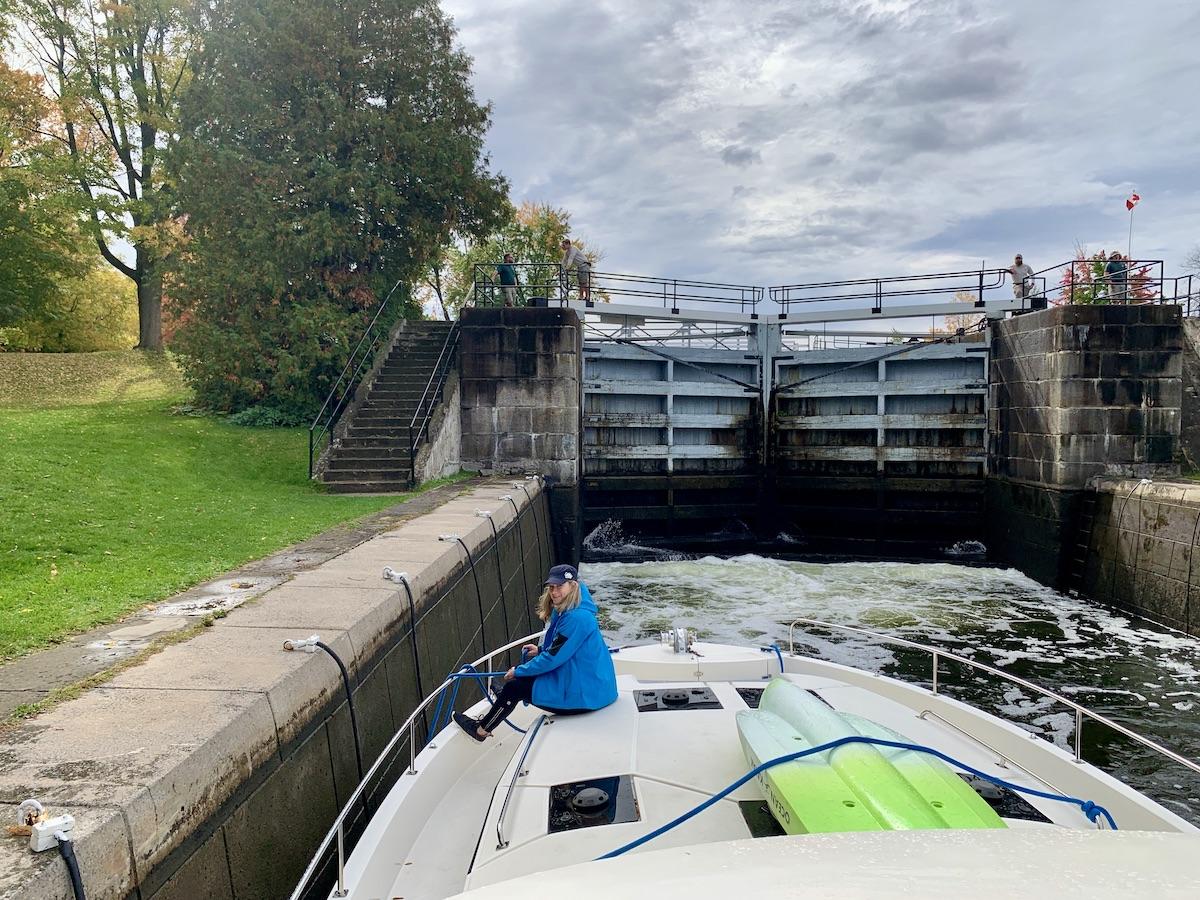
Torngat Mountains National Park base camp and research station in Newfoundland and Labrador didn't make Parks Canada's top 10 list, but should be on everybody's radar/Chris Sampson
Even a global pandemic couldn’t knock Banff National Park off the top of the list of Canada’s most visited national parks. Rouge National Urban Park saw more visitors than ever before as urbanites looked for quick and close outdoor escapes. And a Quebec island that once served as a quarantine station for new immigrants, and is now a national historic site, enjoyed a summer surge in popularity.
These are some of the fascinating tidbits contained within Parks Canada’s visitation statistics for 2020.
The bad, though not unexpected, news is that COVID-19 closures and restrictions caused Canada’s national park and historic site visits to drop by 32 per cent in 2020. With 17.1 million visits recorded and virtually no international visitors, Parks Canada says “more Canadians than ever before” stepped up to fill the gaps and visited or vacationed in these places.
“The most important thing for us is that we have experiences that are meaningful while being safe for us, our employees and our visitors,” says Marie-Sophie Desaulniers, director of visitor experience.
Parks Canada protects 47 national parks and 171 national historic sites, as well as one national urban park and five national marine conservation areas.

At Rouge National Urban Park and all of Parks Canada's sites, physical distancing signs reminded visitors about the pandemic/Jennifer Bain
In 2020, visitation to national parks was 11.8 million, down 28 per cent from 2019. Visitation to historic sites (which tend to have shorter seasons than parks) was 5.3 million, down 39 per cent. That works out to an overall drop of 32 per cent. Visits to the urban park and marine conservation areas are counted separately. These were similar to stats from the United States, where 2020 national park system visits of 237 million were a 28 per cent drop from 2019's total of more than 327 million.
As the pandemic hit last March, the border closed to American and international visitors and different Canadian regions restricted domestic travel. Parks Canada took quick action in April and May by suspending visitor services and vehicle access. People could, of course, still access some parks, but there were no services and no one there to tally their visits.
By June and July, visits resumed and started to quickly and steadily increase, with Parks Canada reporting that “more Canadians than ever before have been choosing to spend a day, the weekend, or their summer vacation in a national park.”
Parks Canada noticed one interesting twist last summer. Spots within 100 kilometres (60 miles) of an urban centre “collectively saw an increase in visitation of four per cent and some locations saw a significant increase in visitation across the entire season.”

People go on an urban hike at Rouge National Urban Park as a way to get outdoors during the pandemic/Jennifer Bain
Visitation at Rouge — Canada’s first national urban park — was significantly higher than in previous years, as people flocked to parks and beaches across the Greater Toronto Area during the pandemic. The park is still new and hasn’t finished acquiring all of its lands, but it also saw an increase in visitation during the season to admire the fall colours. Many people were visiting the park for the first time. It’s difficult to tally visitors to the sprawling park, which reports “literally hundreds of park access and entry points.”
“As society becomes increasingly urbanized, urban parks are emerging as essential places for conservation, exploration, recreation, learning, and wellbeing,” Parks Canada reports in a written statement.
Elk Island National Park, 30 minutes east of Edmonton, is another spot that saw an urban boom, with a 33 per cent jump in visits last summer. In July alone, the park saw 81,630 visitors compared to 60,532 that month in 2019.
Parks Canada has a standardized definition of “visitor” but allows each place to create its own counting formula based on its operational situation (such as access gates and visitor kiosks). Visitation is based on entry, and staff may use traffic counters, entry sales transactions and third-party data from tour groups and registration permits. They also use adjustment factors that take into consideration party size by converting cars to people.
Beautiful bison are a big draw at Elk Island National Park east of Edmonton/Robin Laurenson
For July and August 2020, these five sites and parks saw an increase in visitation over 2019 levels:
• Grosse-Île and the Irish Memorial National Historic Site (Quebec) was up 14 per cent
• Elk Island National Park (Alberta) was up 33 per cent
• Point Pelee National Park (Ontario) was up 18 per cent with 136,303 summer visitors
• Prince Albert National Park (Saskatchewan) was up 14 per cent with 156,995 summer visitors
• Waterton Lakes National Park (Alberta) was up 12 per cent with 233,732 summer visitors
Grosse-Île is about 50 kilometres (30 miles) east of Quebec City, and the island in the St. Lawrence River served as a quarantine station for the port of Québec from 1832 to 1837 during a time of intense immigration. “I think for sure that the quarantine link became more salient to a lot of people,” observes Desaulniers. “It has proximity to a metropolis in a time when you can’t go far.”
As usual, Banff topped the list of most visited national parks. It’s Canada’s first national park, it’s an internationally renowned mountain park and it’s close to Calgary. As Desaulniers puts it: “In a year where travel was severely limited, we saw `regular behaviours.’ The parks that get lots of visitors had less, but they still had lots and so the rankings didn’t change.”
That being said, she adds, “we are trying to get Canadians to break out of that list. We have an idea of having less congestion and spreading people around, especially in COVID times. We’re also trying to showcase places that don’t make that top 10. Sometimes going to a hidden gem will really make you feel like you’ve discovered something wonderful.”

Yoho National Park in British Columbia is home to Emerald Lake/Johan Lolos/Destination Canada
While 2020 wasn’t the year to stray far from home, Desaulniers hopes that might change in 2021. People who visit Banff often drive north along the Icefields Parkway to Jasper National Park, but not as many realize they can also head west into British Columbia to either Yoho National Park or Kootenay National Park.
“Each park has been protected because it’s special,” says Desaulniers. “They have different landscapes, different cultures, different places — but they’re all special. We have such a wonderful variety in Canada. We’re very, very, very lucky.”
The top 10 national parks were:
1. Banff National Park (Alberta)
2. Jasper National Park (Alberta)
3. Saguenay-St. Lawrence Marine Park (Quebec)
4. Mount Revelstoke National Park and Glacier National Park (British Columbia)
5. Yoho National Park (British Columbia)
6. Waterton Lakes National Park (Alberta)
7. Pacific Rim National Park Reserve (British Columbia)
8. Prince Edward Island National Park (Prince Edward Island)
9. Elk Island National Park (Alberta)
10. Bruce Peninsula National Park (Ontario)

The Halifax Citadel National Historic Site is in the heart of Halifax, Nova Scotia/Discover Halifax
Meanwhile, the visitation story was a little different for national historic sites. Some are located in or near major urban centres — like the Halifax Citadel National Historic Site — but many aren’t as easy to access.
There are easy to grasp places such as forts with buildings, grounds and historical stories. But Parks Canada’s canals and waterways fared well in 2020, with five in Ontario and Quebec making the top 10 list. You don’t even have to have a boat to enjoy them — you can drive alongside them and stop at lock stations.
The 10 most visited national historic sites in 2020 were:
1. Trent-Severn Waterway National Historic Site (Ontario)
2. Fortifications of Québec National Historic Site (Quebec)
3. Rideau Canal National Historic Site (Ontario)
4. Lachine Canal National Historic Site (Quebec)
5. Rogers Pass National Historic Site (British Columbia)
6. Chambly Canal National Historic Site (Quebec)
7. Halifax Citadel National Historic Site (Nova Scotia)
8. Sault Ste. Marie Canal National Historic Site (Ontario)
9. Fort Chambly National Historic Site (Quebec)
10. Fort Rodd Hill and Fisgard Lighthouse National Historic Sites (British Columbia)
“They’re all worth discovering and they’re closer than you think,” says Desaulniers, noting that some people appreciate that historic sites are usually just a day’s visit and not a multi-day time commitment.

Boating through a lock on the Rideau Canal National Historic Site/Jennifer Bain
Looking ahead to the rest of 2021, most parks see the bulk of visitors between the May long weekend and Thanksgiving in early October.
If the frenzy over camping reservations for provincial parks is any indication, Parks Canada will sell out quickly when it starts accepting reservations on staggered dates throughout April. People are reminded to study each park and site’s website before visiting and to follow all national and provincial health guidelines.
“There’s a benefit to being outdoors for health and wellness,” says Desaulniers. “We’re really happy to be part of the journey to help Canadians through COVID.”
Until 2018, Parks Canada released its annual visitation numbers on its website. As of 2019, it began releasing the numbers by fiscal year in an Excel file posted by late summer through the Open Government portal. The government’s fiscal year of April 1 to March 31.

 Support Essential Coverage of Essential Places
Support Essential Coverage of Essential Places




Comments
For more information on Canadian Parks please visit http://parkscanadahistory.com/